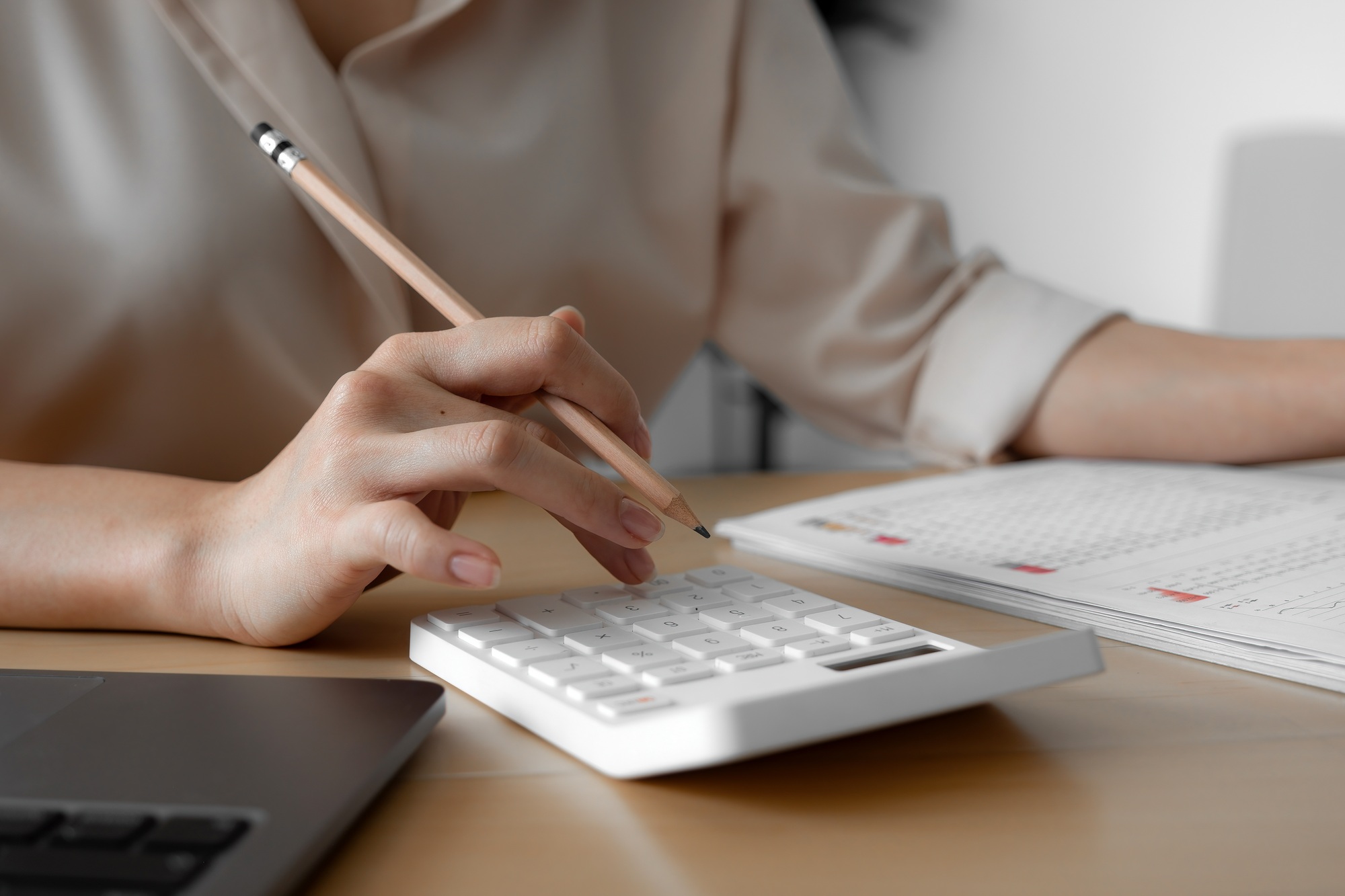Managing monthly bills can be a daunting task for many households, particularly in an era where expenses continue to rise. A well-structured monthly bill payment checklist can not only alleviate stress but also help individuals and families maintain a healthier financial outlook. This article outlines the essential steps in creating a comprehensive checklist, enabling consumers to navigate their financial commitments while enhancing their budgeting skills.
Understanding the Importance of a Monthly Bill Payment Checklist
In today’s fast-paced world, staying on top of monthly payments is crucial for maintaining good financial health. Late fees, service interruptions, and damage to credit scores can arise from missed payments, leading to a cascading effect on personal finances. A monthly bill payment checklist serves as an organized resource that allows consumers to track due dates, amounts owed, and payment methods, ultimately fostering better budgeting practices and financial discipline.
Research shows that about 30% of Americans think financial management is overwhelming, which significantly impacts their decision-making and overall financial health. By utilizing a checklist, individuals can streamline their payment processes and avoid the pitfalls associated with missed deadlines.
Key Components of an Effective Checklist
To create an effective monthly bill payment checklist, it is essential to include several key components:
1. Bill Name: Each bill should be clearly labeled with the provider’s name, such as utilities, mortgage, credit cards, and subscriptions.
2. Due Dates: Accurate due dates are crucial in ensuring timely payments. It’s recommended to establish a standard payment day each month, such as the first or the last, to simplify tracking.
3. Amount Owed: Listing the total amount due allows for better forecasting of cash flow and prevents surprises.
4. Payment Method: Specify whether the payment will be made via bank transfer, credit card, or another method, along with any necessary login information for online accounts.
5. Status: Include a column to track whether the bill has been paid, which aids in maintaining an up-to-date financial overview.
By incorporating these components, a checklist can offer a holistic snapshot of a household’s financial obligations.
Market Impact of Household Financial Management Tools
The rise of financial management apps and tools has been notable over the last few years. According to a recent report from Statista, the online personal finance management market is projected to reach over $2 billion by 2025. This growth is driven by an increasing number of consumers seeking efficient ways to manage their finances, particularly in the wake of economic uncertainty.
With various applications now offering bill reminders and payment schedules, a well-crafted monthly bill payment checklist can serve as an initial step for financial discipline, complementing the more sophisticated tools available on the market.
Expert Opinion on Creating a Checklist
Experts in personal finance emphasize the importance of a systematic approach when dealing with monthly bills. “A checklist not only organizes the payment process but also fosters a sense of accountability,” says Tasha VanZant, a certified financial planner based in New York. “Furthermore, by anticipating upcoming bills, consumers can avoid potential cash flow crises.”
VanZant also advises consumers to review their checklist monthly to adjust for any changes in service fees or new subscriptions. This practice not only keeps the checklist relevant but also allows for greater flexibility in budget management.
Steps to Implementing Your Checklist
Creating your monthly bill payment checklist can be approached in several simple steps:
1. **Gather Information**: Compile all existing bills, including due dates and amounts, from various sources, such as statements or online accounts.
2. **Choose Your Format**: Decide whether to use a digital platform, like a spreadsheet or financial management app, or stick with a traditional paper format.
3. **Fill in Details**: Populate your checklist with all key components discussed, ensuring accuracy to prevent potential oversights.
4. **Set Reminders**: Utilize tool reminders, such as calendar alerts, to notify you of upcoming payment dates.
5. **Review Regularly**: Make it a habit to review your checklist monthly to ensure it reflects current obligations and adjust your budgeting strategies accordingly.
What’s Next
The looming economic uncertainties and inflationary pressures present unique challenges for many consumers. Establishing and maintaining a monthly bill payment checklist is an essential strategy for anyone looking to strengthen their financial health. As more individuals become aware of the benefits of organized financial management, utilizing checklists and budgeting tools will likely become a vital part of everyday life.
As the personal finance landscape evolves, continued awareness and proactive management will be key for households aiming to thrive amidst financial challenges. Embracing this structured approach can lead to more effective financial decisions and a brighter fiscal future for consumers across the board.








